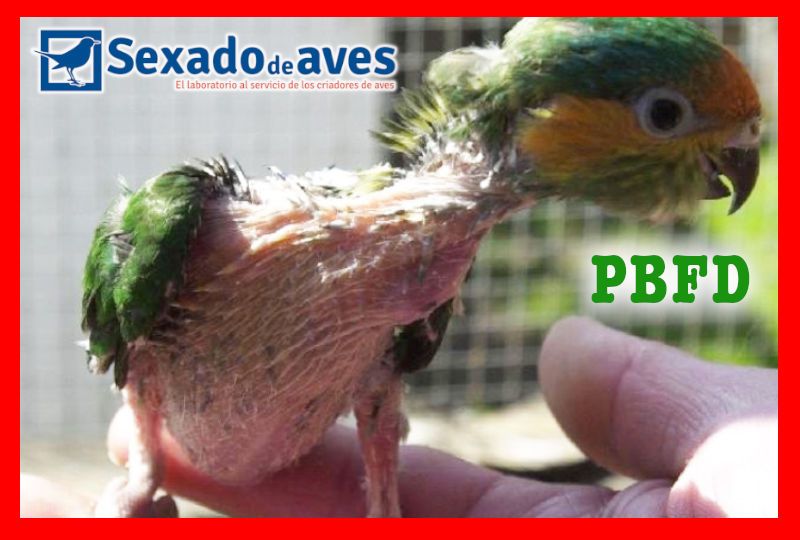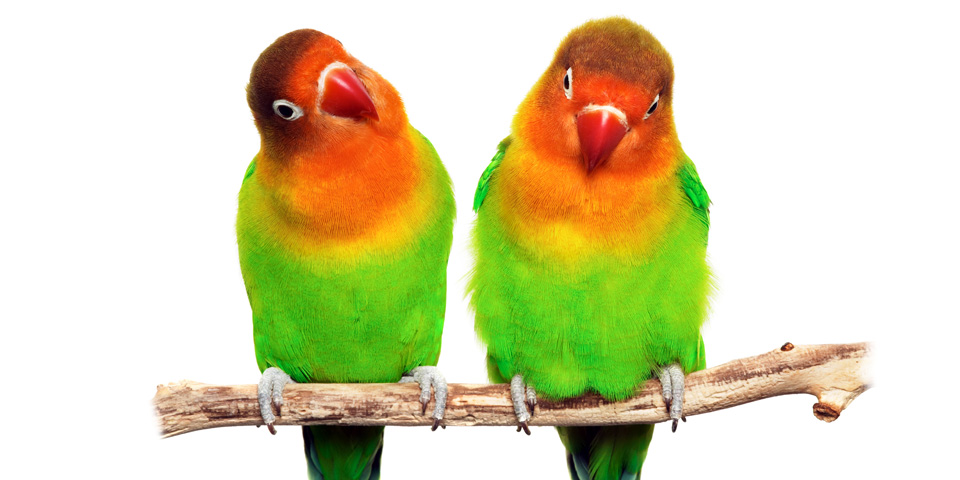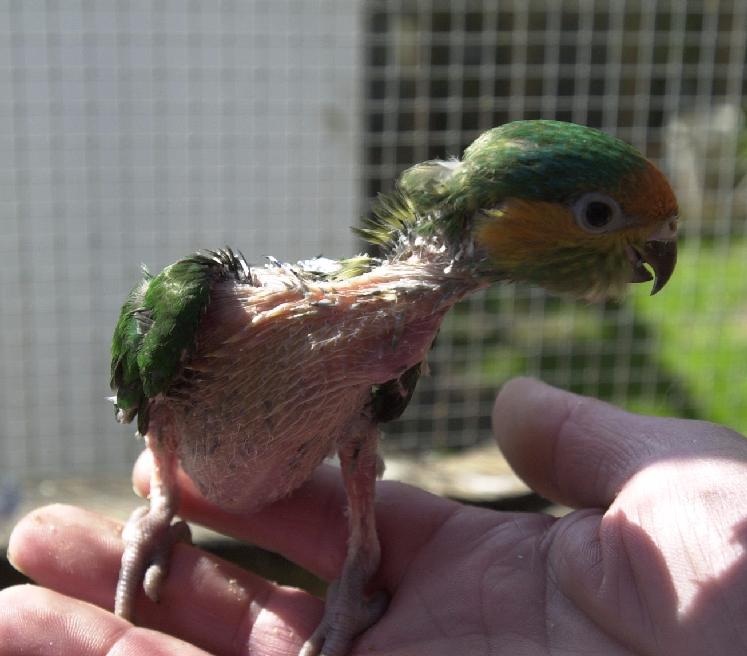PBFD Lovebirds
PBFD Lovebirds Birds are not exceptedof suffering from diseases; infact, they are as vulnerable as humans or any other species. It can be saidthat even diseases can be more aggressive. If you have a bird as a pet, you should know

PBFD Lovebirds
Birds are not exceptedof suffering from diseases; infact, they are as vulnerable as humans or any other species. It can be saidthat even diseases can be more aggressive. If you have a bird as a pet, you should know that they can present disorders in their wings and on the beak, so you must be very careful because these types of infections do not have a cure yet. The parrots are the birds that mostly present this type of conditions; thevast majority of them have a suddendeath.
What is PBDF lovebirds?
PBDF is the known disease of wings and beak which is caused by the virus BFD which affects the parrots and lovebirds but not limited to affect other species, and these are the most common ones. It is characterized by affecting the growth cells of the follicles of the feathers, the claws, and the beak. This disease can be presented mainly in Psittaciformes birds. The problem is that this disease can cause necrosis in the wings which leads to a hopeless death.
When was the virus discovered?
Edwin Ashby was the first person who documented sightings of plucked birds. In his reports, he described how the affection infected the Parakeets Wild red-backed which is a species found in the hills of Adelaide in the southern part of Australia. This research was made in 1888. In the beginning, it was believed that the affection was caused by the excessive consumption of sunflower seeds; a theory that was discarded soon.
Later, the BDF virus was isolated by researchers at the University of Sydney, Dr. Pass and Dr. Ross Perry who took their research to the University of Georgia in the United States. At first, the virus was namedas Psittacine Circovirus, and later, it was renamed as Pico disease Virus and feathers or simply BFDV. However, the virus belongs to the Circoviridae family.
What are the routes of infection?
The way this infection can be acquired is through the parents ‘ pigeons which have been referred to as vertical transmission. The horizontal transfer occurs when it is given through other birds that are not their parents.
When an adult bird acquires the virus can develop resistance, not in all cases. If this happens, the virus is not removed from the body but it is still there and is excreted through the feces, and the remains of feathers are dangerous for other birds that can also be infected. This disease is much more severe in chicks because their immune system is not developed, so it is aggressive. Most cases the outcome is death.
Symptoms of Lovebird PBFD
The symptoms of this disease in lovebirds are usually the depigmentation of plumage. It means that the natural color is altered. It oftenturns grayish. The other sign that occurs is that feathers grow irregularly; it happens when they change feathers.
The absence of feather dust is another common symptom of beak and feather disease. There is absence in the Grays and cockatoos. The growth of the beak and feathers is irregular since they usually develop with a smaller than average size.
Occasionally, vomiting, diarrhea, and weight loss may occur in adult lovebirds it can lead to the sudden death of the bird. They are a few symptoms and very clear.
How is PBFD developedin lovebirds?
This infection is common in American lovebirds, having a high mortality rate. Mostly, the problem is presented without visible symptoms in Lovebirds. They become apparent when the virus has replicated to thousands more.
When you notice the presence of this virus presents an irregular plumage, moultsarrive in delayed periods as well as the follicles are dystrophic and you can find sores under the wings. The eye environment is shown with alopecia. To reach this stage, the lovebirds may be asymptomatic carriers.
The little control it has on the reproduction, breeding, and marketing of lovebirds has made this disease spread without difficulty. It has made the aviaries a very high focus of infection.
How to avoid the transmission of PBFD in lovebirds
Although it seems pretty simple, it’s not. Different actions needto be donetohave everything under control. Andthus, prevent one or more birds catching from this disease of the wings and beak.
One of them is to buy birds at trusted sites, not only because it is cheaper or more expensive but also to be a guarantee that they are exceptedfor this disease. It is much more than that; you should see that the site complies with hygiene measures to ensure that the birds are healthy as well as they must have the necessary care.
It is best to avoid mixing species when doing that; they may also be creating vulnerable species especially when it comes to susceptible and resistant species. You should be too careful in doing so.
The other point is that you should buy food and materials in stores where they do not sell birds or the other option is to disinfect everything that has been purchased.In case of a bird has acquired the infection, it is ideal for quarantin in git to prevent spreading other birds if it is in a cage with other birds and also to disinfect the entire area.


.jpg)
